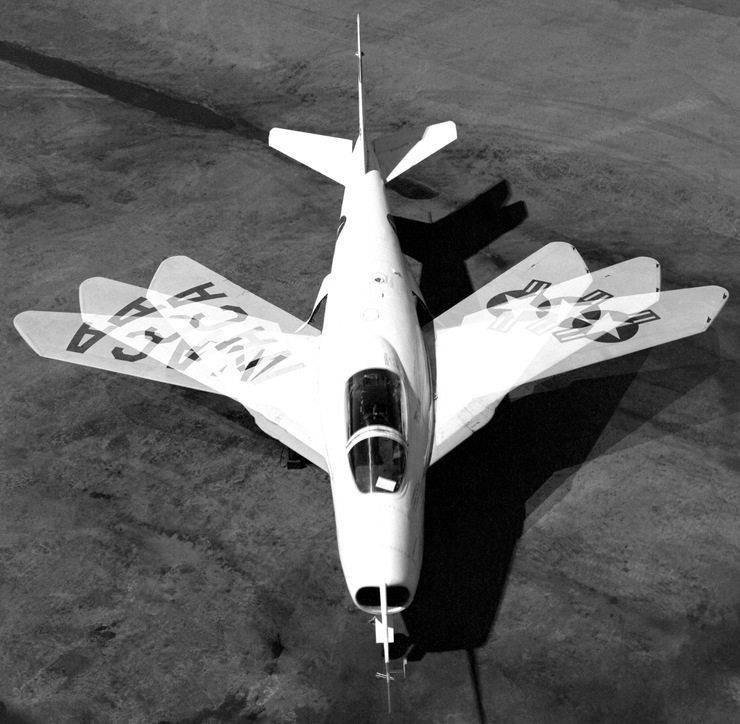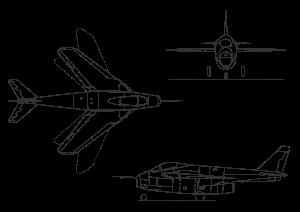S'sonic
Stealth
Menu
A free template by Lucknowwebs.com for WYSIWYG WebBuilder 8
Powered by Sispro1-S
Nigel G Wilcox
Paragon Of Space Publication
© Copyright Reserved - United Kingdom
Ideal Screen Composition 1024 x 768
SITEMAP
PSEUDO SCIENCE
SCIENCE RESEARCH
ABOUT
Desk
Supersonic
Stealth
Study
Menu
MAIN INDEX
Fastest Air Planes
Space
Transport
Menu
The Bell X-5
Nation: United States
Max Speed: 716 mph
Height: 12 ft
Interesting Fact: Expressed the advantage of a “sweep wing” design for aircraft intended to fly at a wide range of speeds.
After witnessing Germany’s Messerschmitt P1101, the U.S. developed their Bell X-5 with sweeping wings at three positions (20, 40, and 60 degrees). But the aircraft developed stability issues, and there were no more than two created. However, the swing wing design was implemented in multiple other aircraft such as the General Dynamics F-111, Grumman F-14 Tomcat, and the MiG-23.
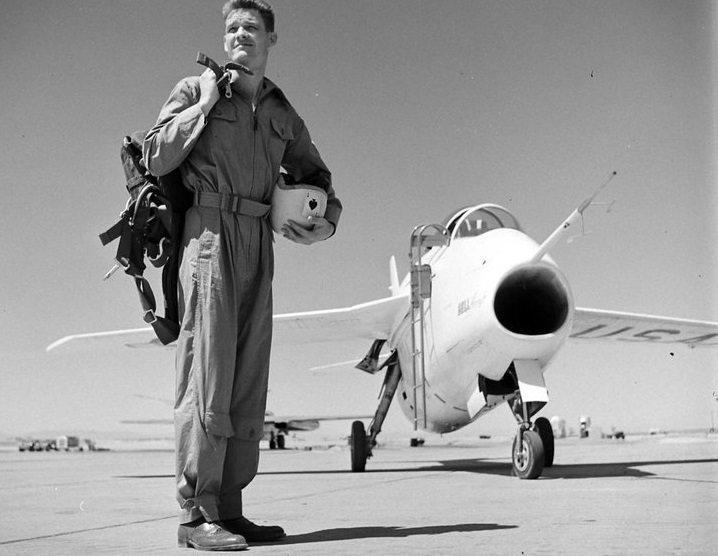
The Bell X-5 was the first aircraft capable of changing the sweep of its wings in flight. It was inspired by the untested wartime P.1101 design of the German Messerschmitt company. In contrast with the German design which could only have its wing sweepback angle adjusted on the ground, the Bell engineers devised a system of electric motors to adjust the sweep in flight.
Maximum speed: 1,152 km/h (716 mph) Range: 750.00 mi Maiden flight: 20 Jun 1951 Length: 33.33 ft Wingspan: 21.33 ft Cruising speed: 965.60 km/h (600 mph)
General characteristics
Crew: 1
Length: 33 ft 4 in (10.1 m)
Wingspan:
Unswept: 33 ft 6 in (10.2 m)
60° sweep: 20 ft 10 in (6.5 m)
Height: 12 ft (3.6 m)
Wing area: 175 sq. ft. (16.26 m².)
Empty weight: 6,336 lb (2,880 kg)
Max. takeoff weight: 9,980 lb (4,536 kg)
Powerplant: 1 × Allison J35-A-17 turbojet, 4,900 lbf (21.8 kN)
Performance
Maximum speed: 716 mph (1,150 km/h)
Range: 750 mi (1,207 km)
Service ceiling: 49,900 ft (15,200 m)
Thrust/weight: 0.50:1
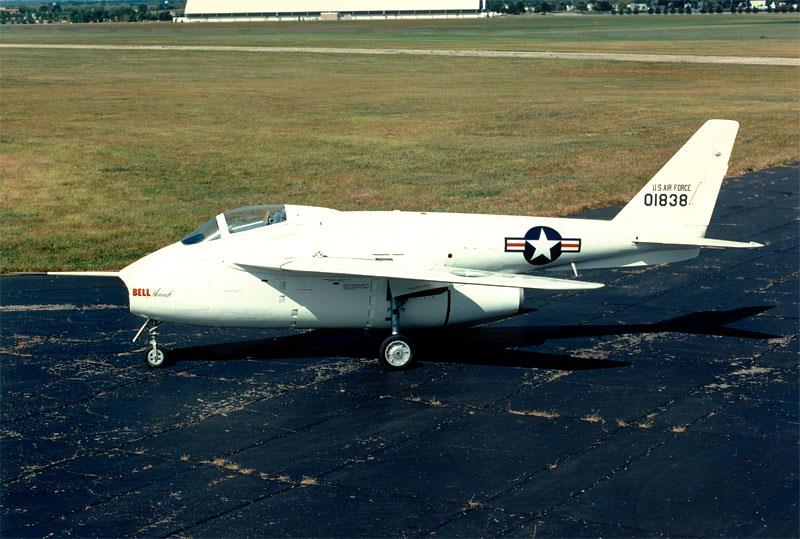
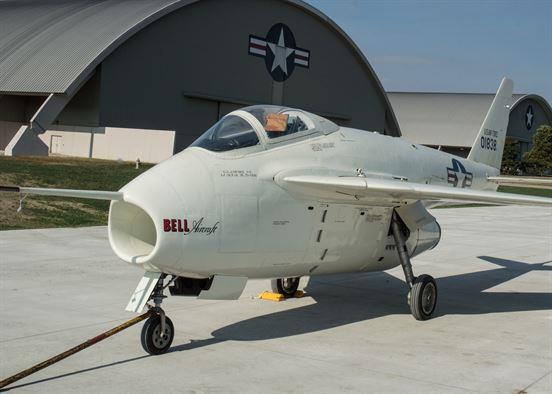
Two X-5s were built (serial numbers 50-1838 and 50-1839). The first was completed 15 February 1951, and the two aircraft made their first flights on 20 June and 10 December 1951. Almost 200 flights were made at speeds up to Mach 0.9 and altitudes of 40,000 ft (12,000 m). One aircraft was lost on 14 October 1953, when it failed to recover from a spin at 60° sweepback. Air Force Captain Ray Popson died in the crash at Edwards Air Force Base. The other X-5 remained at Edwards and continued active testing until 1955, and remained in service as a chase plane until 1958.
The X-5 successfully demonstrated the advantage of a swing-wing design for aircraft intended to fly at a wide range of speeds. Despite the X-5's stability problems, the concept was later successfully implemented in such aircraft as the General Dynamics F-111 and Grumman F-14 Tomcat, the Mikoyan Gurevich MiG-23 and MiG-27, the Sukhoi Su-17/20/22 and Su-24, the Tupolev Tu-22M and Tu-160, the Panavia Tornado and the Rockwell B-1 Lancer.
The Bell X-5 was the first aircraft capable of changing the sweep of its wings in flight. It was inspired by the untested wartime P.1101 design of the German Messerschmitt company. In contrast with the German design which could only have its wing sweepback angle adjusted on the ground, the Bell engineers devised a system of electric motors to adjust the sweep in flight.
Role: Research aircraft
Manufacturer: Bell Aircraft Corporation
Designer: Robert J. Woods
First flight: 20 June 1951
Retired: December 1958
Primary users: United States Air Force
National Advisory Committee for Aeronautics
Number built: 2



